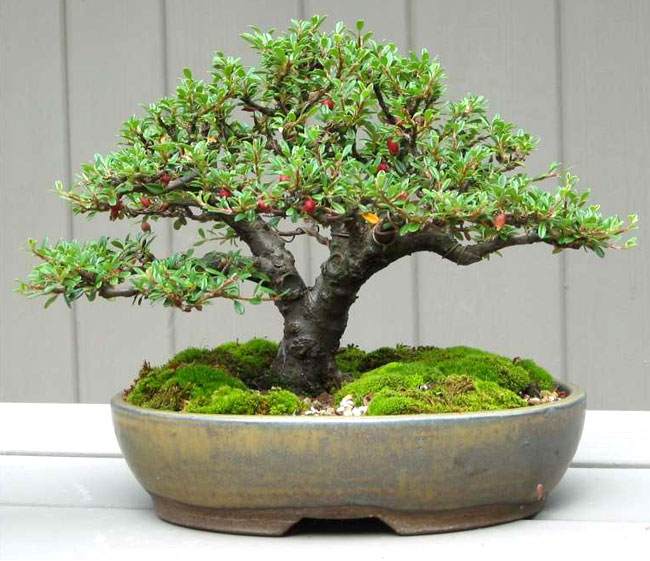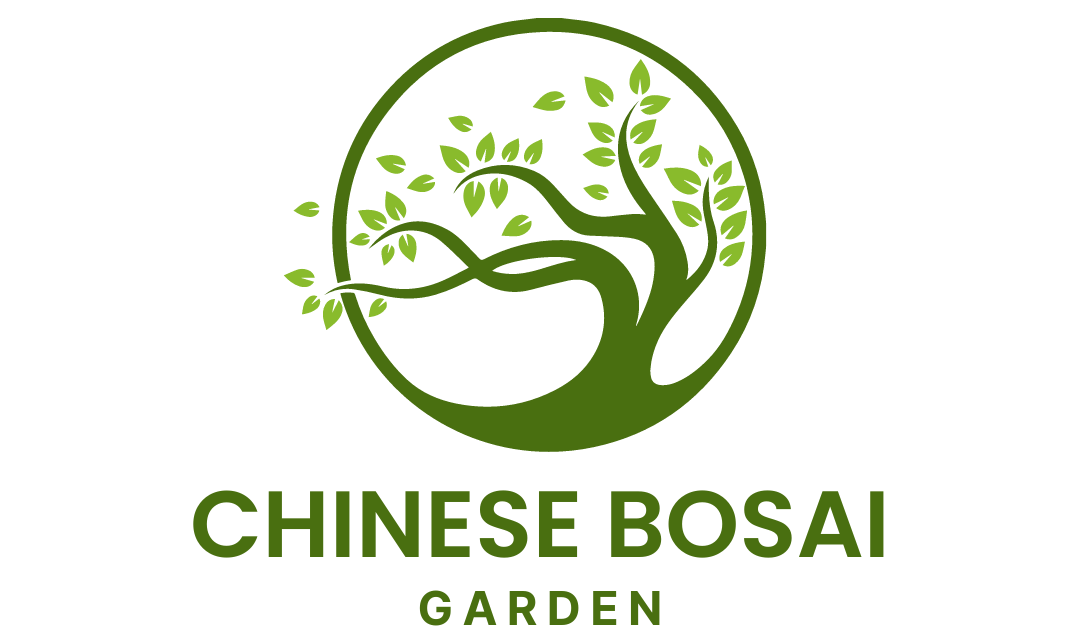
Like any other container plant bonsai trees need to be fertilized. Very often fertilizers are called plant food. That can confuse many beginners.
Fertilizers are NOT food but rather vitamins for the tree. The real food for plants comes from water and oxygen.
In the natural environment, trees have long roots and are able to gather necessary elements from the soil and water.
Important Fertilizer Elements
The most important elements in the bonsai fertilizer are Potassium (K), Nitrogen (N), and Phosphorus (P). To give you a general idea:
- Nitrogen (N) – promotes leaf and branch development and growth in general.
- Phosphorus (P) – enhances root and cell tissue development.
- Potassium (K) – helps the production and circulation of sap, flowering, and fruiting.
Other minor elements are manganese, iron, copper, magnesium, nickel, zinc, cobalt, calcium, sulfur, iron, and molybdenum.
Which fertilizer to use
When purchasing a fertilizer, you will see three large numbers on the package 10:10:10. That is the percentage by weight of the Nitrogen:Phosphorus: Potassium, or NPK.
A well-balanced fertilizer will have the same numbers as 10:10:10 or 20:20:20. That is what most of the bonsai trees need for healthy development.
The most common question beginners have is 10:10:10 fertilizer the same as 20:20:20. YES, they are the same, but 20:20:20 is just more concentrated. Therefore, when mixing it, you would use half as much 20-20-20 per gallon of solution as 10-10-10. In my opinion, a balanced fertilizer works best for keeping bonsai healthy and growing.
You will also find fertilizers with uneven numbers. 10-52-10 is high in phosphorus and is usually used for flower production and new transplants. 40:10:0 is high in Nitrogen and would encourage leaf growth at the expense of anything else.
As a beginner, you would probably use a well-balanced fertilizer until you get more comfortable. Then, you can use a special type of fertilizer that contains a higher proportion of one of the main elements to achieve certain results.
In the back of the package, you will find a detailed analysis of major and minor elements. I would recommend using a fertilizer that also has minor elements. Those minor elements might not be as important as NPK but are also needed for healthy plant development. If the package doesn’t list them, they are not there.
Organic vs Inorganic
Another question I hear a lot: Is organic fertilizer better than inorganic? It DOESN’T really matter. At the end of the day organic or not, the plant is getting the SAME NPK. If it was a vegetable garden, of course, I would recommend using an organic one, but for bonsai use whatever you like.
When choosing soil, you want to use INORGANIC because organic portions of the soil create poor drainage. Bonsai fertilizers are applied in two basic forms solid and liquid. Solid fertilizer has a slow-release formula, so they are more durable and will last longer. Liquid is typically applied more often during watering. Here are some of the great fertilizers that I would recommend:

Inorganic Fertilizer Pellets (I use this one!!!) – This Inorganic fertilizer is relatively inexpensive and very easy to use. It has a slow-release formula and because it is produced from chemicals, it is more durable and will last longer than organic fertilizer. All you need to do is to scatter granules all over the soil surface.
Don’t mix it with the soil to avoid root burn. This great product is sold by Bonsai Boy which is the best bonsai nursery in NY. One application of this fertilizer will last for 3-6 months. I personally use this fertilizer and would recommend it to all of my readers.

Inorganic Liquid Bonsai Pro Fertilizer – This Inorganic liquid fertilizer needs to be mixed with water and applied during watering times. Unfortunately, heavy rains often wash a lot of it away, so it needs to be reapplied every two weeks. It is one of my favorite liquid fertilizers because it has the right balance of nutrients for healthy growth and doesn’t cause salt.
Its formula contains all essential macro and micronutrient minerals for healthy bonsai. Bonsai Pro Fertilizer is also sold by Bonsai Boy Nursery.

Organic Japanese Bonsai Fertilizer – Traditional Japanese bonsai fertilizer comes in organic blocks and it is not easy to find at your local store. If you want to use an organic fertilizer, I recommend this one.
I like this fertilizer because it contains NO animal products, it is very long-lasting and it is nearly IMPOSSIBLE to overfeed the plant. Organic fertilizer is usually much more expensive compared to inorganic, but I found it at Bonsai Boy Nursery for only $10.95! I think it’s a great deal.
How much fertilizer to apply
Since different fertilizers have different concentrations, you should ALWAYS use the amount specified on the fertilizer’s packaging. If you are using a liquid fertilizer, applying it once every two weeks should be enough.
If you wish to use it more often, you need to make it less concentrated. In some bonsai books, it says to use fertilizer “half strength” because bonsai is a small tree. It is a myth. You should follow the instructions on the package.
When to fertilize
There are many different opinions about the best time for fertilizing. I don’t want to argue who is right or wrong. I personally start fertilizing early in the spring till the late fall. Generally, bonsai should get some nutrients during the entire growth season. So start fertilizing when you see the first new growth and continue till daytime temperatures fail below 50F.
When temperatures stop rising above 50F, trees slow their growth and enter the dormancy (rest period). At that point, you want to stop fertilizing your plants. Indoor plants, on the other hand, can be fertilized all year long.
Wait for about 30 days before fertilizing newly repotted trees. There is also a dispute about fertilizing sick trees. Fertilizer supplies trees with necessary nutrients forcing it to grow. In my opinion, a sick tree needs to get better before being forced to grow. Besides, I don’t think it can fully absorb the nutrients.
Overfertilizing
Some beginners think that the more fertilizer you apply, the faster the tree will grow. That is NOT how it works. Application of higher concentration and more frequent feeding schedule than specified on the package will lead to overfeeding the tree. The effects can be fatal.
Some signs of overfertilizing are fungal infections, overly large leaves, insect damage, and long internodes. The good news is that it will take nearly TWICE the recommended dosage of fertilizer to overfeed your tree.
Another problem with overfeeding is ‘Root Burn’. When that happens, the roots can’t absorb water anymore and the plant will have the same symptoms as when it is dehydrated. The leaves will start to wilt, then turn yellow, then brown, and then the plant might die.
Summary
A lot of beginners feel confused by the whole fertilizing process. I hope I made it easier for you. To make sure you have a healthy bonsai, remember these three things:
- Use a balanced fertilizer (the same percentage of NPK as 10:10:10)
- Apply fertilizer during the growth period, from early spring to late fall
- ONLY use the amount recommended on the package
I get great results by using inorganic slow-release fertilizer from Bonsai Boy Nursery. You should use the one you like, just make sure it has the same numbers of NPK and includes minor elements.
Hope you like this article. Let me know if you have any questions.
Related articles:
